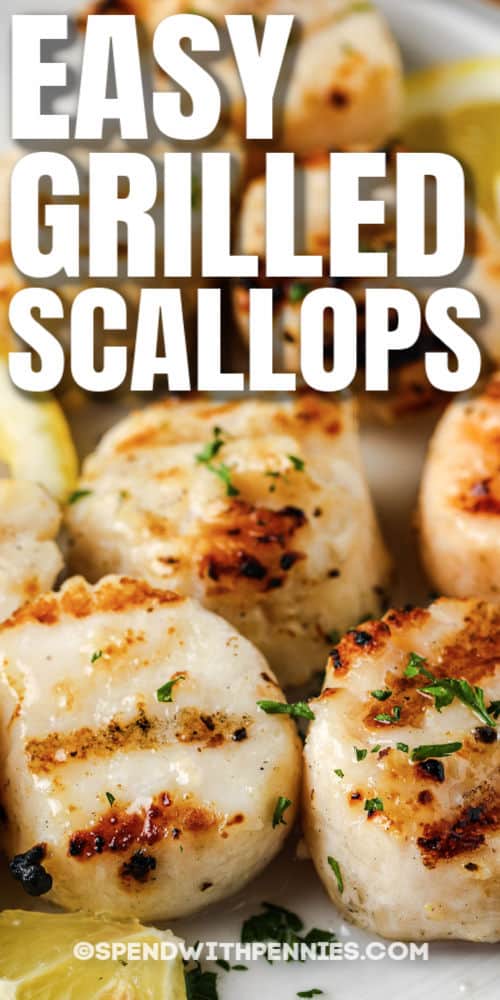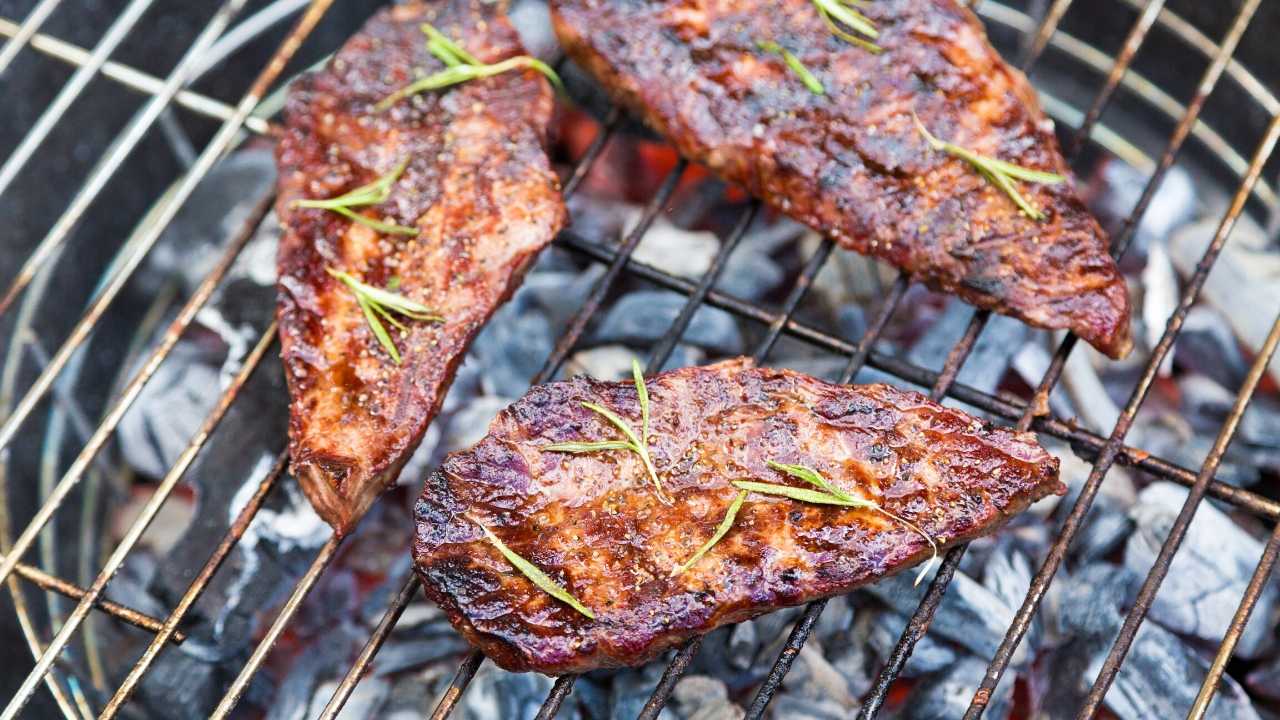
Grill flames can be dangerous for your food, especially when they come from fat and oil dripping from your food. This fire can start before your food is put on the grill. The first step to controlling the grill flames is gauging their severity. The flames won't affect your food much if they are small. Two options are available if you see flare-ups: Cover the lid with aluminum foil, and then turn off the burners. Next, sprinkle salt or baking soda around your food. After you've done this, close the lid and vents to prevent any more oxygen from reaching the food. If you're still unsure, wait 30 seconds before turning on the fire.
You can cover your grill and wait to prevent grill flames. This is because the fire requires oxygen to survive. Cutting off oxygen will cause it extinguish. Cover the grill and watch for flare-ups. When the fire is out you can return to your regular tasks. After the flames have died, you can start cooking again. You might end up with charred food if your are not careful.

Keep your food in the "Safe Zone" to avoid flare-ups. To put out any flames, you can spray the bottom of your grill with water. If you're grilling over charcoal, you can spray the side of the grill with water directly under the food if the flames are small. However, you can call 911 if the flareup is serious enough to damage the supply line.
Excess fat or oil dripping is the most common reason a grill fires up. Make sure to remove excess fat before cooking, and use oil sparingly. To avoid flare-ups, it is important to position the grill out of the wind. A grill shield is a great way to protect your food, and keep them from leaked. It is important to have a shielding cover in order to control the flames.
Flare-ups can be prevented by keeping the grill clean. Flare-ups are possible if there is too much drippings. The heat generated by drippings is important. However, excess fat can be avoided. You should remove excess fat from your meat before you prepare the food. You should not cut out all the fat from the meat to prevent it from causing a problem.

To prevent flare-ups, ensure you have a grill cover. You can prevent flare-ups by covering the grill. You can also grill on gas so it will automatically shut off and not cause any damage to your meat. This will help prevent the fire from spreading and will prevent the grill from catching fire. This will prevent a flare-up.
FAQ
What's the best way to keep leftovers safe?
Tupperware containers can be used to store leftovers. These containers keep foods fresh and prevent odors from forming. These containers keep food warm for longer periods of time. Freezer bags can be used to freeze any leftover food. When freezing food, place the bag inside another freezer bag so that air doesn't escape. Once the food is frozen place it in an airtight container, such as a zip lock bag.
How Long Does It Take to Be a Chef? What is the average career path?
A chef's career takes about five years. You will be able to learn basic cooking techniques as well as gain practical experience working in a kitchen. You can apply for line, sous or executive chef positions after you complete your training. The average annual salary for a professional chef is between $25,000 and $60,000
Where can I find online cooking classes for free?
You can find free cooking lessons on many websites. You can search YouTube for videos that teach you how to prepare different meals. Some sites offer thousands of recipe options. The sites typically charge a monthly fee but you can test them for free for a period of 30 days.
How much does it cost to study Culinary Arts?
You will find that the price to study culinary arts is variable. For example, a 4-year degree costs about $40,000. A two-year associate's level degree can cost less than $5,000. Tuition rates vary depending on what program you choose. Private institutions charge higher prices than public ones.
Statistics
- According to the BLS, chefs earn $58,740 a year. (learnhowtobecome.org)
- The median pay for a chef or head cook is $53,380 per year or $25.66/hour, according to the U.S. Bureau of Labor Statistics (BLS). (learnhowtobecome.org)
- In the United States, the category is estimated at $23.2 billion annually and is growing faster than the market. (washingtonpost.com)
External Links
How To
How to cook a Steak
The thickness and cooking method of any kind of meat will affect the way it is cooked. Thicker steaks should be cooked over low heat. Thicker steaks will need to cook at higher temperatures.
They will lose their flavor if they are overcooked. You should always remove the steak from the skillet when it's done. This will prevent you from burning yourself.
Cooking times depend on the size of the steak and the desired degree of doneness. These are some guidelines:
Medium Rare: Cook until medium-rare, which is when the internal temperature reaches at least 145degF (63degC). This takes between 3 and 5 minutes per side.
Medium: Cook until medium. This means that the internal temp has reached 160 degrees F (71 degrees Celsius). This usually takes only 6 minutes per side.
Cook well until done. That means that the internal temp reaches 180degF (82degC). This takes between 8 and 12 minutes per side.